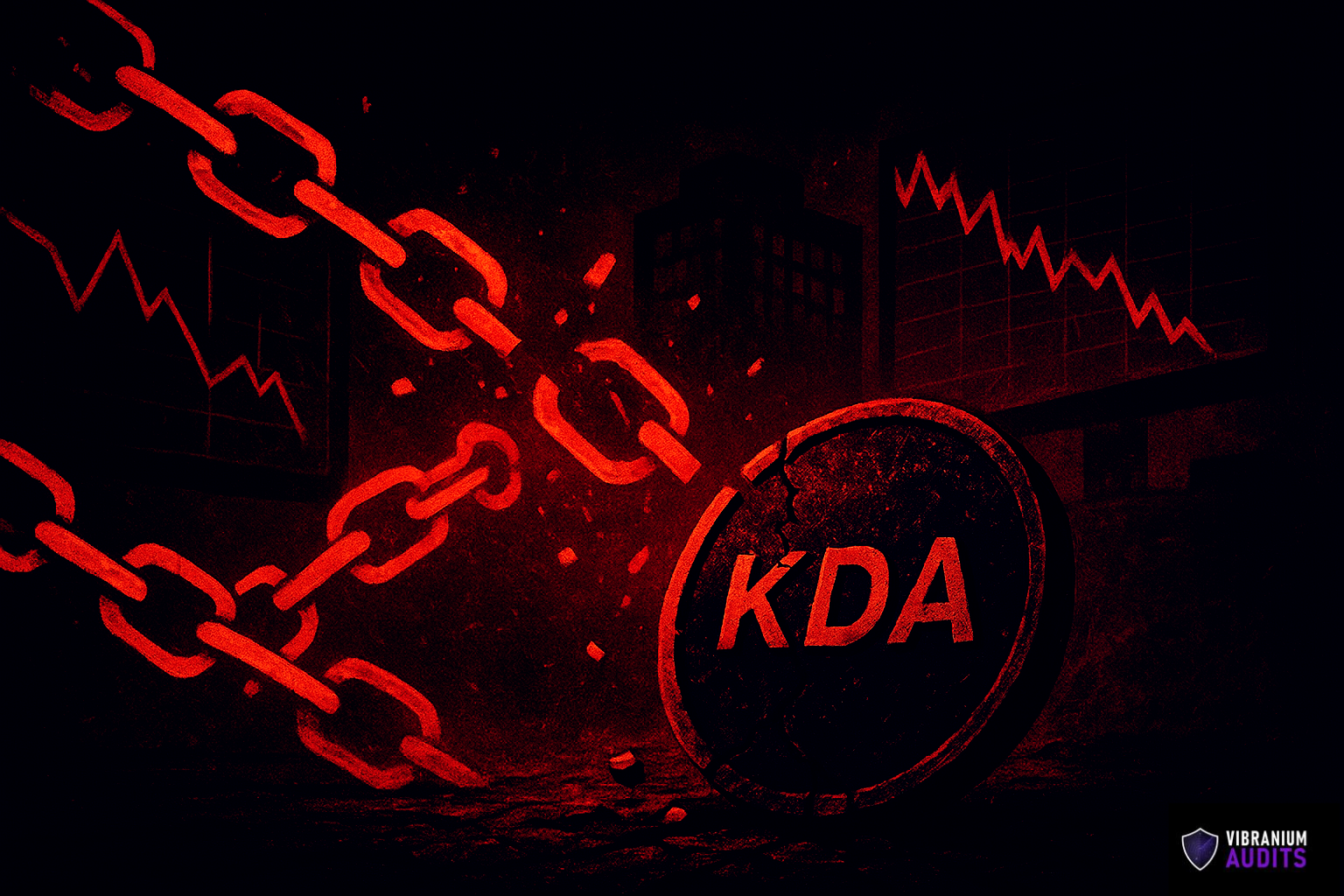Introduction
As blockchain ecosystems multiply, cross-chain bridges have become essential infrastructure, facilitating asset transfers between previously isolated networks. Yet these critical connectors have proven exceptionally vulnerable, with over $2.5 billion lost to bridge exploits since 2021, representing the largest attack vector in the entire crypto ecosystem.
The Unique Security Challenge
Cross-chain bridges face a fundamental security dilemma: they must validate events across multiple blockchains with different consensus mechanisms while maintaining custody of enormous asset pools. This complexity creates attack surfaces that don't exist in traditional smart contracts, making them prime targets for sophisticated hackers.
Notable Bridge Exploits
The February 2022 Wormhole bridge attack resulted in a $325 million theft after validators failed to properly verify Solana-side signatures. Months later, Ronin Bridge suffered a $624 million exploit when attackers compromised five of nine validator keys. These incidents demonstrate how bridge architectures often contain critical single points of failure.
Key Vulnerabilities
1. Validator Compromise: Insufficient validator decentralization and key management.
2. Oracle Manipulation: Reliance on external data sources for cross-chain verification.
3. Smart Contract Flaws: Implementation errors in complex multi-chain logic.
4. Liquidity Concentration: Massive pools of locked assets creating high-value targets.
Security Best Practices
Bridge security requires specialized architectural approaches:
1. Multi-layered validation requiring verification across multiple independent systems.
2. Time-locked transactions for large transfers to enable intervention before completion.
3. Circuit breakers that automatically pause operations when suspicious patterns emerge.
4. Progressive security rollouts with thorough formal verification and limited initial value.
The Future of Safer Bridges
The industry is evolving toward more secure interoperability solutions, including:
1. Zero-knowledge proof systems to verify cross-chain transactions with mathematical certainty.
2. Modular security designs that distribute risk across multiple specialized components.
3. Decentralized insurance protocols providing coverage against bridge failures.
Conclusion
Cross-chain bridges remain essential but vulnerable infrastructure in the blockchain ecosystem. As the multi-chain future unfolds, strengthening these critical connectors through specialized security approaches, independent audits, and architectural innovation will be crucial for the continued growth of interoperable blockchain networks.
FAQs
1. Why are bridges more vulnerable than other DeFi protocols?
Bridges combine the security risks of multiple blockchains while managing larger asset pools with more complex verification requirements than single-chain applications.
2. How can users protect themselves when using bridges?
Use established bridges with multiple security audits, minimize time assets spend in bridge protocols, and avoid transferring large sums in single transactions.
3. What security features should developers prioritize in bridge design?
Defense-in-depth approaches with multiple independent verification systems, circuit breakers for anomalous activity, and minimal trusted components.










